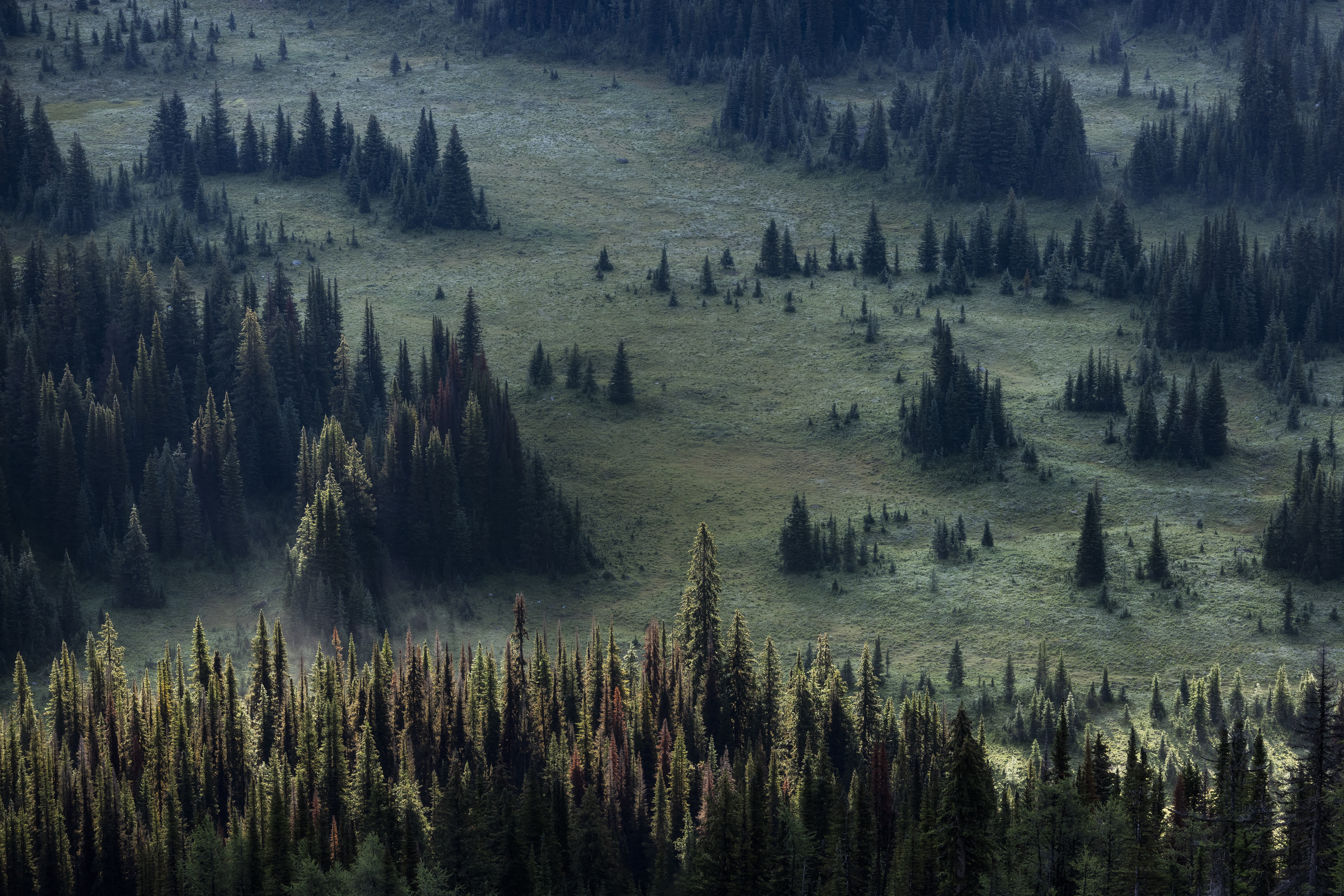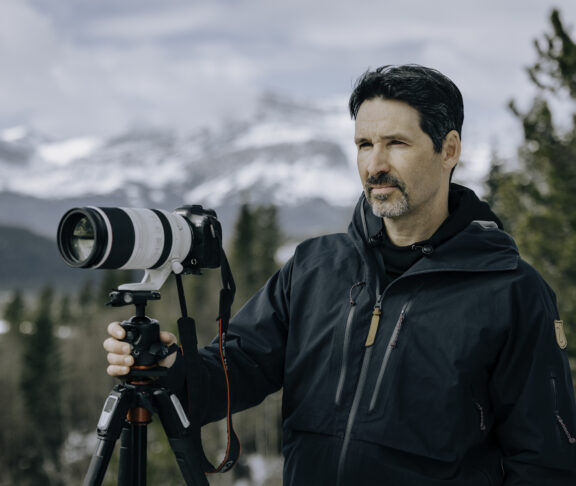
How have wildfires changed the way you capture Canada’s forests?
I was living in Banff National Park during the 2003 Tokumm-Verendrye blaze in nearby Kootenay National Park. That was my first time experiencing a wildfire of that size and intensity — one that was so destructive it reduced 16,000 hectares of forest to armies of blackened, lifeless trees. Some were still standing, many were scattered like pick-up sticks. But in the months and years after, I’ve seen how the forest is recovering, first with the emergence of grasses and wildflowers, and now, the growth of new trees. This cycle has brought me a deep sense of respect for both the beauty and resilience of even the blackened forests, and helped me appreciate a lush forest when I encounter one.

What role can photography play in showing the urgency of protecting forests from fire?
There is a common misunderstanding that all fires are bad. Forests are meant to burn for many reasons, such as the recycling of nutrients back into the soil, stimulation of growth, pest control and, for some species, the dispersal of seeds. But climate change has increased the frequency and strength of these fires, which can cause major issues where human structures are at stake. I believe photography can help us develop a respectful understanding of the role of fire in the landscape and the impact that fire can have on communities.

How can images of recovery help Canadians connect with wildfire-affected landscapes?
As Canadians, we are living with a lot of unknowns, especially amid the unprecedented fire seasons we’ve experienced over the last few years. What these scenes remind us of is that there can be hope and healing even amidst tremendous loss. Despite the destructive forces of fire, within it also lies the possibility that something new will emerge. Nature demonstrates to us that it’s never over; new life is born right there in the wreckage.



